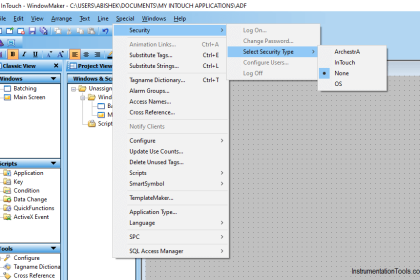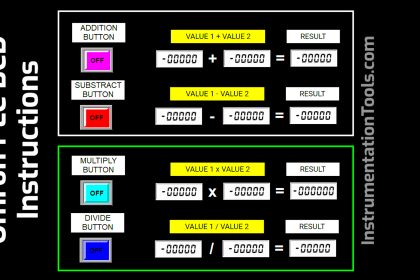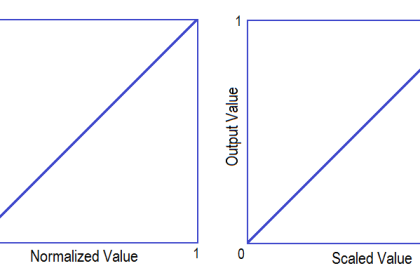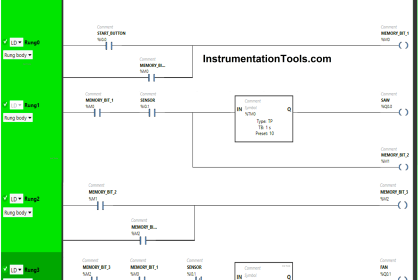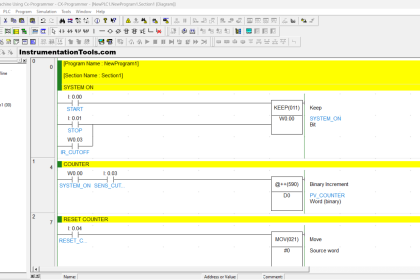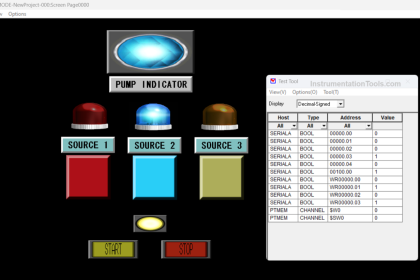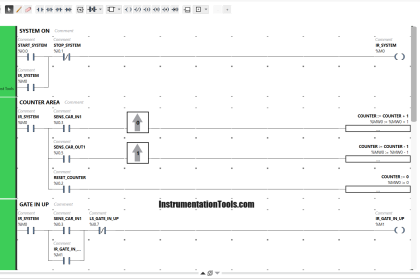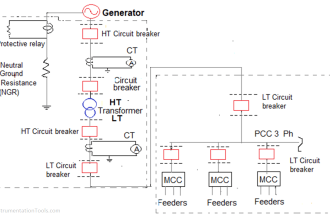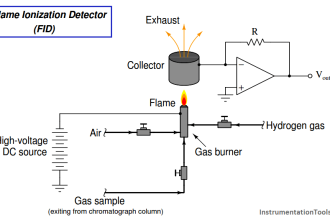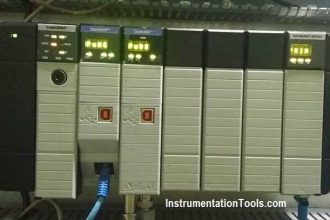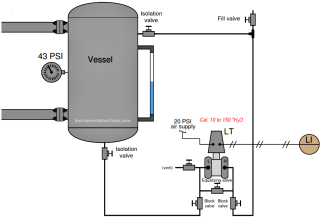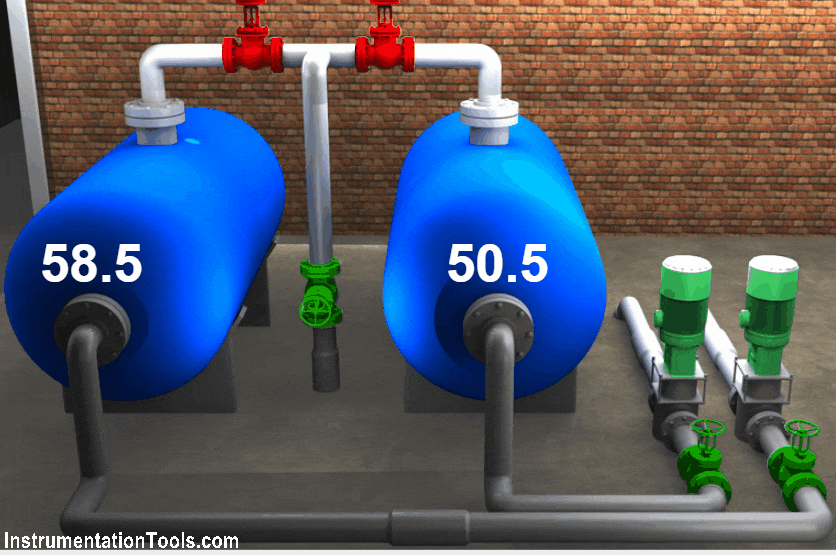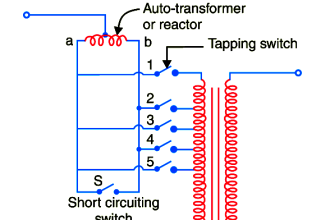To study the working of One Shot Rising (OSR) and One Shot Falling (OSF) functions in Allen Bradley programmable logic controllers (PLC).
One Shot Rising and One Shot Falling Instructions
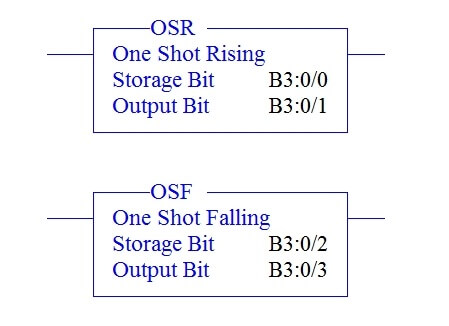
In the above instruction block of One shot Rising (OSR) or One shot falling (OSF),
There are two Variables,
Storage Bit: This bit is to store the status of input.
Output Bit: This bit store the value when it executes the function of Block
One Shot Rising (OSR)
One shot rising is similar to ONS except the storage and output bits. It gives single pulse at the time of going ON condition. Storage bit stores the status of input.
Output bit stores the status of function performed by the block.
One Shot Falling (OSF)
One shot falling gives single pulse at the time of going input’s OFF condition which is connected to it. Storage bit stores the status of input. Output bit stores the status of function performed by the block.
PLC Program using OSR and OSF
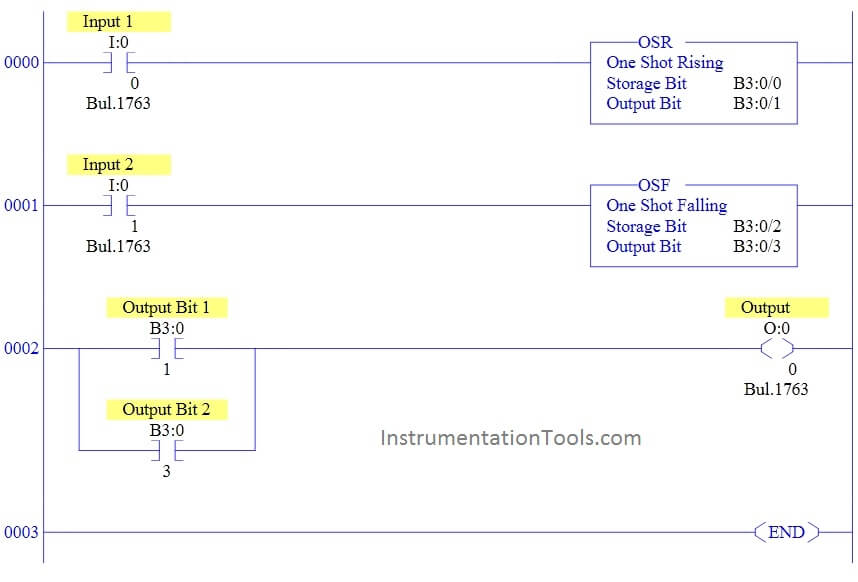
Ladder Logic Explanation
RUNG 0000
Input 1 (I:0/0) is connected to OSR block. When input is turned ON, Storage bit (B3:0/0) turns 1 and output bit (B3:0/1) turns “1” for a second and goes to “0” again.
RUNG 0001
Input 2 (I:0/1) is connected to OSF block. When input is turned ON, Storage bit (B3:0/2) turns 1 and output bit (B3:0/3) remains “0”.When Input turns OFF, Output bit turns “1” for a second and goes to “0” along with storage bit.
 Conclusion
Conclusion
We can use this example program to understand the working of one shot rising (OSR) and one shot falling (OSF) function in Allen Bradley programmable logic controllers (PLC).
If you liked this article, then please subscribe to our YouTube Channel for PLC and SCADA video tutorials.
You can also follow us on Facebook and Twitter to receive daily updates.
Read Next:
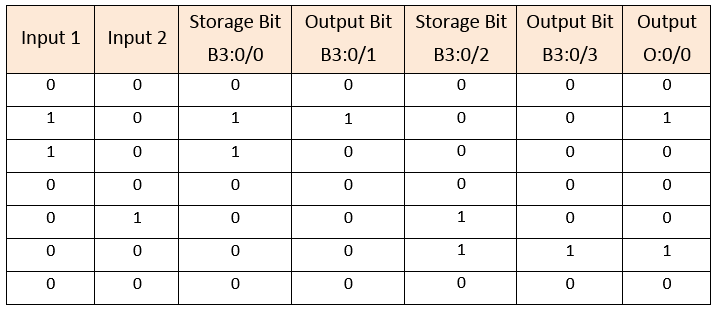 Conclusion
Conclusion